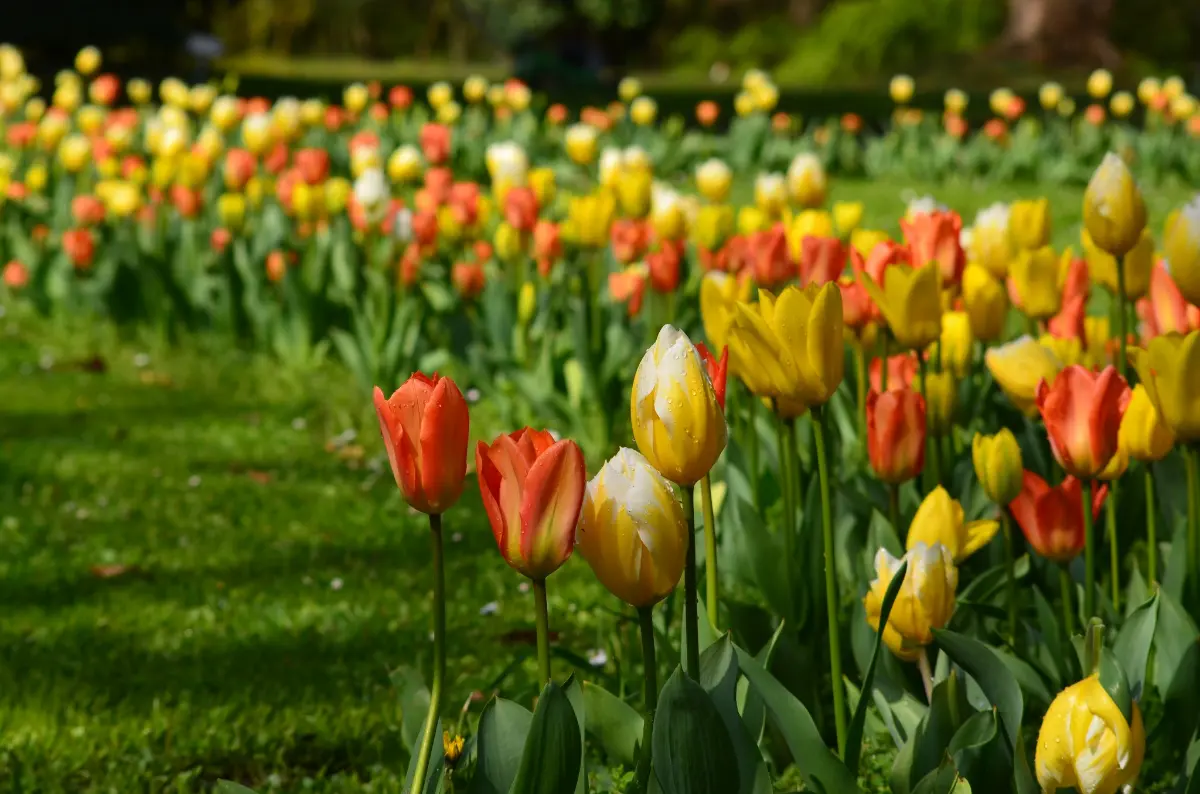
Helyszín címkék:
A little arboretum guide, for spring
Hype&Hyper
A special type of botanical or herbarium gardens is the arboretum, which is specifically designed for the systematic display of woody plants – trees and shrubs –, the maintenance of species and scientific research. There are more than 30 such gardens in Hungary today, all worth a visit. We heartily recommend the following.
Arboretum in Alcsútdoboz

Located just 40 km from the capital, the park in Alcsútdoboz is not only a place for nature lovers, but also for lovers of architectural treasures. The most original English park in Hungary was planted by Palatine Joseph, whose castle, designed by Mihály Pollach, was adjoined by the master garden designer Károly Tost from Schönbrunn. Although only the main façade of the castle building is still visible on the estate, the English park continues to serve its function and delight visitors.
Among the most impressive specimens in the collection of 540 species of woody plants are plane trees, Turkish hazels, tulips, ironwoods, blood beeches, swamp cypresses, hornbeams and Japanese acacias, but the oldest Lebanese cedar in Hungary, 170 years old, and a row of plane trees of similar age have also taken root nearby. Besides the collection of woody plants, one of the most popular attractions of the arboretum is the magnificent two-and-a-half hectare field of snowdrops in bloom[RAF1] [RAF2] in early spring.
Alcsút also has surprises in store for those who are more impressed by its built heritage: the palm house in the park was designed by Miklós Ybl, and the old buildings which can be visited for free are the Doll’s House, the Gloriette, the Bear’s House and the small neo-Romanesque chapel converted from the estate’s stables.
Arboretum in Sárvár
The Sárvár arboretum in the Őrség National Park is considered one of the oldest plant collections in Hungary, and in 1546, the Nádasdy estate was already home to a garden specialising in fruit and vegetable production, famous far and wide. After the Nádasdy family, the garden – and, of course, the castle – changed hands many times, and the landscaping of the manor was started by Archduke Ferdinand Habsburg of Modena, who began the transformation of the manor in 1803. While he dedicated a small area to fruit trees, he created a fashionable English park in the larger part of the garden. Some of the plane trees planted then can still be found today, with trunks up to 3 metres thick!
In addition to the plane trees, the garden is home to almost 200-year-old matusalems of several species: black pines, yew trees, Japanese acacias and cedars have also stood the test of centuries. Among the park’s magnificent attractions are the lily trees, planted between 100 and 130 years ago, and the fish pond, which covers almost a hectare. The Sárvár arboretum is a popular Nordic-walking area, we recommend it for those looking for relaxation and active recreation alike!
Arboretum in Kámon

The charming garden of Saághy Castle in Szombathely is an attractive place to visit, both for its rhododendrons, which bloom in late spring, and for its visitor centre, which offers a colourful programme of activities.
The founder, Dr. István Saághy, a renowned beekeeper, planted mainly honey plants around his castle in the late 1800’s, but he also engaged in the breeding of various species with great expertise and dedication.The seven-hectare area already contained 244 pine and 310 deciduous species. Building on this heritage, the collection of pines is still a priority in the arboretum.In spring, hundreds of species and varieties of rhododendron are in bloom, making it even more worth a visit, but the evergreen and deciduous lily trees and Hungary’s largest collection of woody peonies are also dazzlingly beautiful.








